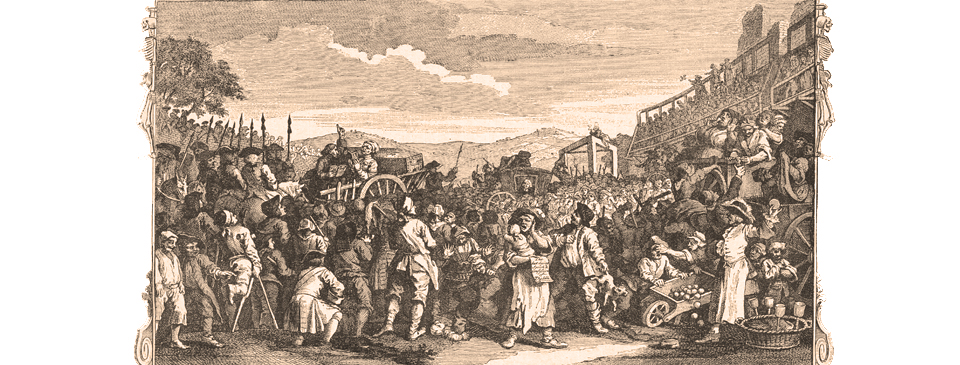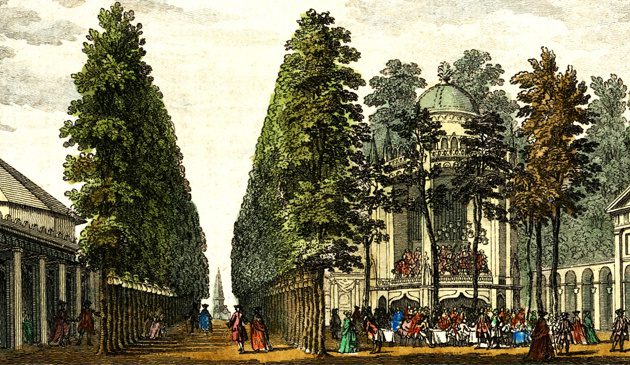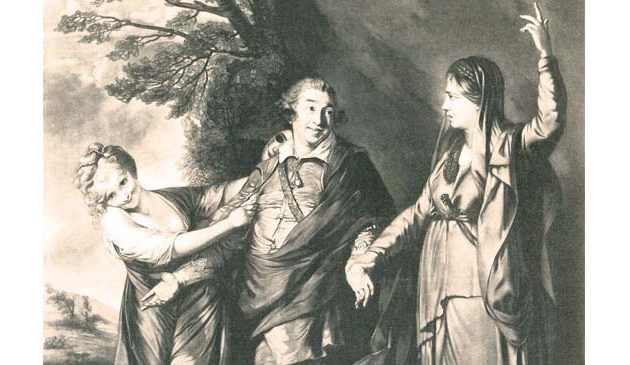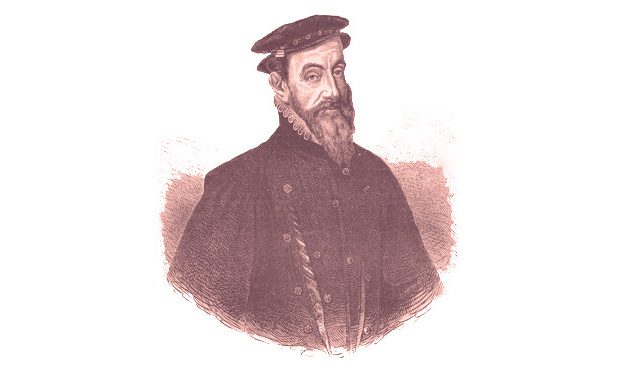William Hogarth

The final picture from William Hogarth’s series Industry & Idleness shows Thomas Idle arriving for his execution at the gallows at Tyburn, accompanied by his coffin. In the foreground the woman is selling fraudulent copies of “The last dying speech & confession of Tho. Idle”, which he clearly has not yet made, as often occurred at the time. Hogarth produced Industry & Idleness as a series of twelve prints, sold for one shilling each, in 1747.
William and Jane were still living at her father’s house. By then he was earning at least £1,300 per year from the sale of prints, paintings and various commissions, a large income by the standards of the day. It was time to set up in his own premises so in 1733 they moved away from the increasingly disreputable Covent Garden and into a new home and studio at the nearby salubrious and fashionable Leicester Fields, the modern-day Leicester Square. The tall, terraced house stood in the south-east corner. To denote it was the studio of a painter he hung Van Dyck’s sign of the Golden Head outside, which Hogarth carved from bottle corks, glued together and gilded. At the back of the house a studio was added and his pictures were displayed in a room facing the square. The family living quarters were on the upper floors, the kitchens in the basement, and the servants’ quarters under the roof.
Hogarth was very active in the early 1730s. He worked on The Rakes’s Progress, a follow-up to The Harlot’s Progress, as well as Southwark Fair, one of the many of his satirical pictures in which he produced a lasting record of London and a wider England as a record for future generations. The Rake’s Progress follows the ill-fortunes of Tom Rakewell. It moves from the time he inherits his late, miserly father’s fortune, through the squandering of his money on prostitution and gambling, his imprisonment for debt in Fleet Prison (where Hogarth’s own father suffered the same fate), to his confinement in Bedlam due to his descent into lunacy. If anyone was in any doubt, The Rake’s Progress proved that Hogarth was a master at telling a rich and interesting story through pictures, worthy of the finest stage dramatist. (The original paintings continue to be displayed at the Soane Museum in London).
When Hogarth heard in 1734 that the governors of St. Bartholomew’s Hospital wanted some large-scale historical paintings to decorate the main stairwell of their new wing he offered to carry out the work for free. His motives were three-fold: he wished to show that an English artist was capable of producing such large-scale biblical scenes in the Grand Style; he had a genuine philanthropic desire to contribute to the hospital; and he wanted to have his work seen by prospective clients in a prestigious location. He was subsequently elected as a governor of the hospital, with his paintings accepted in lieu of a donation. (The two pictures remain in place in the hospital).
The prints of The Harlot’s Progress proved so popular that, not only were there healthy sales of original copies, but also a wide market in counterfeits. Without a law to protect his work, Hogarth was one of the instigators of the Engraver’s Copyright Act, for which he and other artists organized and lobbied throughout 1734. The new law gave an engraver 14 years exclusive copyright in their work, the same rights that had been given to authors under the Copyright Act of 1709. Henceforth artists and engravers could control the publication of their work, prevent cheap copies, and gain income from all sales.
The death of his father-in-law galvanised Hogarth into bringing together a number of his fellows to reopen the St. Martin’s Lane Academy, using equipment he had inherited from Thornhill’s studio. Hogarth insisted this should be operated as a club, without any hierarchy and with all members contributing equally to its costs. The academy remained in existence for the following 20 years as the leading centre in Britain for artistic training. Those who trained there included Allan Ramsey and Thomas Gainsborough.
For The Four Times of Day of 1736 Hogarth produced a series of paintings that were later engraved, each of which progresses through both the times of day and the seasons. Once again, he produced works that combine serious social commentary and humour, this time creating drama from everyday London scenes within a classical artistic theme.


